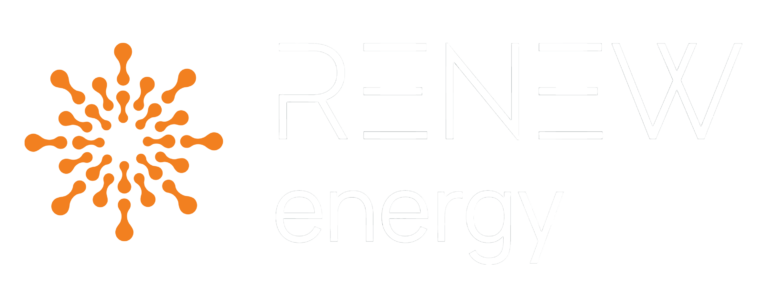As the world strives to transition to cleaner and more sustainable energy sources, solar power has emerged as a leading solution. In the United States, states like California and Virginia are paving the way with innovative solar panel programs and initiatives. In this blog post, we will explore the solar panel programs in California and the solar renewable energy credits in Virginia, highlighting their importance in promoting renewable energy adoption and reducing carbon emissions.
Solar Panel Programs in California:
1. California Solar Initiative (CSI):
The California Solar Initiative, launched in 2006, is a statewide program aimed at increasing solar energy adoption. It provides financial incentives to residential, commercial, and governmental customers who install solar panel systems. Through the CSI, customers can receive rebates based on the size of their solar systems, encouraging the widespread adoption of solar energy in California.
2. Net Energy Metering (NEM):
Net Energy Metering is a policy in California that allows solar panel owners to receive credits for excess electricity they generate. When solar panels produce more electricity than the property consumes, the surplus is fed back into the grid, earning credits that can be used to offset future electricity bills. NEM enables homeowners and businesses to maximize the financial benefits of their solar investments.
3. Solar on Multifamily Affordable Housing (SOMAH):
The SOMAH program aims to increase solar adoption in multifamily affordable housing communities across California. It provides financial incentives and technical assistance to property owners who install solar panel systems on eligible buildings. The program helps lower electricity costs for residents, reduces carbon emissions, and promotes renewable energy access for low-income households.
Solar Renewable Energy Credits in Virginia:
1. Virginia Renewable Portfolio Standard (RPS):
Virginia’s Renewable Portfolio Standard is a policy that requires utilities to obtain a certain percentage of their electricity from renewable sources. To comply with the RPS, utilities can purchase Solar Renewable Energy Credits (SRECs) from solar panel system owners. SRECs represent the environmental attributes of the electricity generated by the solar panels and provide financial incentives for solar energy production.
2. Solar Power Purchase Agreements (PPAs):
Solar PPAs are agreements in which a third-party developer installs, owns, and operates solar panels on a property. In Virginia, through solar PPAs, property owners can benefit from clean, renewable energy without upfront installation costs. The third-party developer sells the electricity generated by the solar panels to the property owner at a predetermined rate, typically lower than utility rates.
3. Community Solar Programs:
Virginia’s community solar programs allow residents and businesses to benefit from solar energy even if they are unable to install solar panels on their properties. Community solar projects involve the development of shared solar systems, where multiple subscribers can purchase or lease a portion of the system’s electricity output. This enables broader access to solar energy and encourages community involvement in renewable energy initiatives.
For more information on solar panel programs and solar renewable energy credits, visit our website. We offer comprehensive resources and up-to-date information on renewable energy programs in California and Virginia, including details on incentives, eligibility criteria, and application processes.
Conclusion:
Solar panel programs in California and solar renewable energy credits in Virginia are vital initiatives driving the adoption of renewable energy. Through incentives, policies, and innovative programs, both states are making significant progress in transitioning to cleaner and more sustainable energy sources. By promoting solar energy adoption, these programs not only reduce carbon emissions but also contribute to energy independence, job creation, and economic growth. As the world continues its pursuit of a greener future, it is essential to support and expand such initiatives to maximize the benefits of solar power for individuals, communities, and the planet as a whole.








